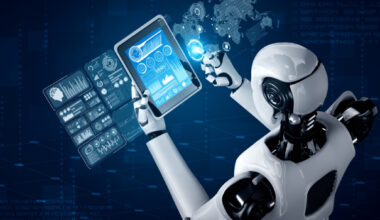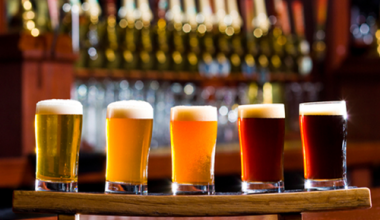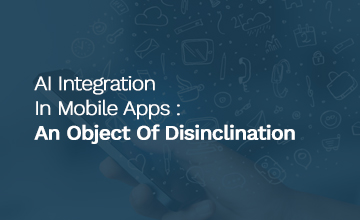ALMOST HALF OF Americans will hop in their cars for a Thanksgiving trip this year. But if you were being very precise—if you were a team of Massachusetts of Technology researchers who study human-machine interactions—you wouldn’t say that all those Americans are “driving,” exactly. The new driver assistance systems on the market—like Tesla’s’s Autopilot, Volvo’s’s Pilot Assist, and Jaguar Land Rover’s InControl Driver Assistance—mean that some of those travelers are doing an entirely new thing, participating in a novel, fluid dance. The human handles the wheel in some situations, and the machine handles it in others: changing lanes, parking, monitoring blind spots, warning when the car is about to crash. Call it…piloting? Shepherding? Conducting? We might need a new word.
Fully autonomous cars won’t swarm the roads en masse for decades, and in the meantime, we’ll have these semiautonomous systems. And scientists need to figure out how humans interact with them. Well, actually, the first thing to know is that most humans don’t: Preliminary research by the Insurance Institute of Highway Safety noted that, of nearly 1,000 semiautonomous vehicles studied, 49 percent had their systems turned off. The warnings were annoying, owners said.
If you could actually watch those drivers—sit inside the car and eyeball them while they drive—you might get a better understanding of how these systems are helpful and how they’re not. Maybe drivers find one of kind of warning sound frustrating, but another (a bloop instead of a bleep?) helpful. Maybe they get more comfortable with the system over time, or stay mystified even as the odometer rolls over. That spying would be really helpful for people who build and design semi-autonomous systems; for those who want to regulate them; and for those expected to evaluate the risks of using these systems, like insurers.
That’s why MIT researchers are announcing this week a gigantic effort to collect data on how human drivers work with their driver assistance systems. They outfitted the cars of Boston-area Tesla, Volvo, and Range Rover drivers with cameras and sensors to capture how humans cooperate with the new technology. They want to understand what parts of these systems are actually helping people—keeping them from crashing for example—and what parts aren’t.
Read the source article at Wired.
Source: AI Trends





